Scalp Psoriasis: Symptoms, Triggers, and How to Care for Healthy Hair
Psoriasis is a chronic skin condition that can appear on any part of the body. When it affects the scalp, it is called scalp psoriasis.
Small patches are often hidden by hair, but the condition can also spread to the forehead, the back of the neck, or around the ears. Scalp psoriasis can impact both appearance and comfort.
Symptoms of Scalp Psoriasis
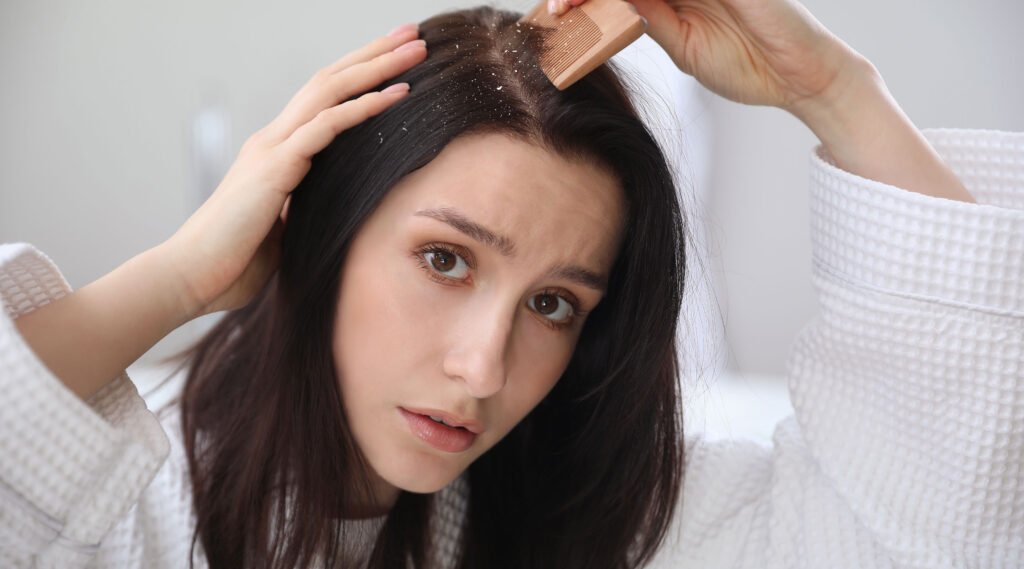
Scalp psoriasis can range from mild to severe, with symptoms that vary from person to person. Common signs include:
- Red patches: ranging from small, barely visible spots to thick, inflamed areas.
- Flaking that resembles dandruff: white, silvery scales. Unlike dandruff, psoriasis makes the scalp look shiny and extremely dry.
- Dry scalp: sometimes so severe that it cracks and bleeds.
- Itching: from mild discomfort to intense itching that disrupts daily activities and sleep.
- Bleeding: often caused by scratching, which can make patches grow larger and thicker.
Hair Styling and Scalp Psoriasis
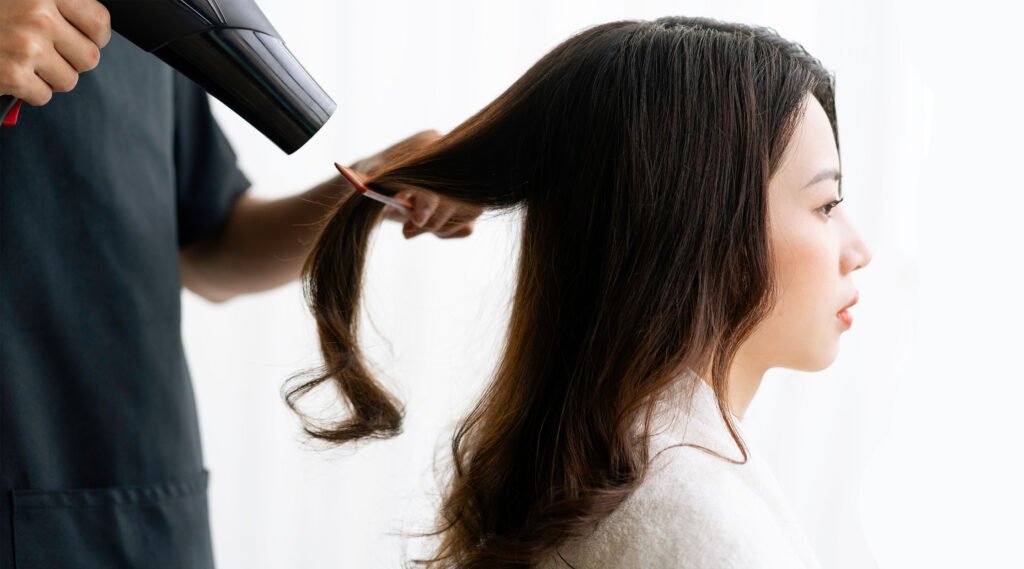
Maintaining healthy hair while living with scalp psoriasis requires extra care. Certain styling habits can trigger flare-ups. Here are some things to avoid:
- Rough combing: always comb gently to avoid injuring the scalp.
- Curlers and hot styling tools: avoid direct contact with the scalp, as heat can irritate.
- Tight hairstyles: braids or buns that pull too tightly may lead to irritation and hair loss.
- Harsh chemicals: hair dye, straightening, or perming can worsen psoriasis.
- Regular moisturizers or oils: these may only cover up flakes without addressing the root cause of psoriasis.
Daily Care for Scalp Psoriasis
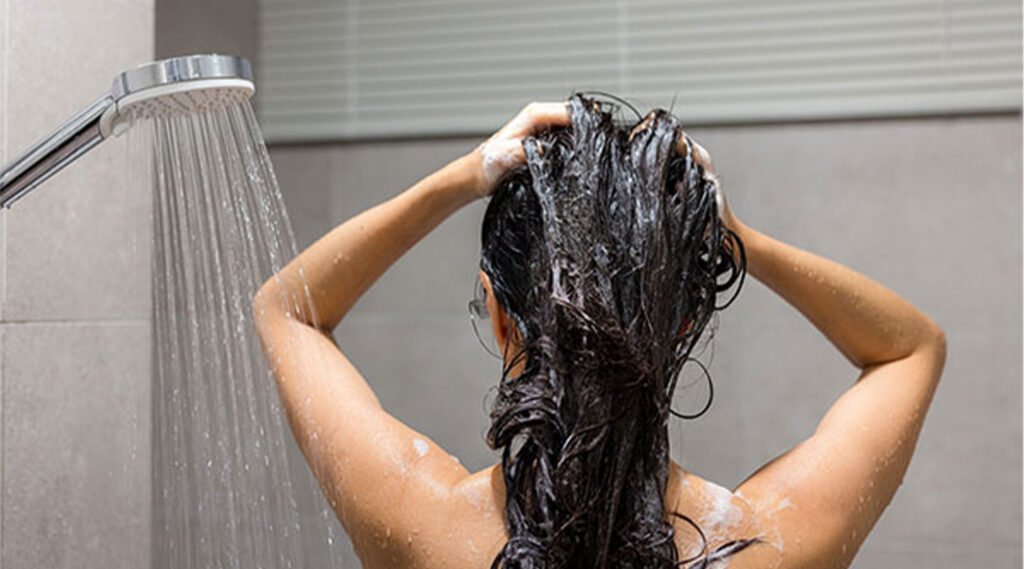
1. Use Special Shampoos
- Choose shampoos containing coal tar, salicylic acid, or hydrocortisone to reduce scaling, flaking, and itching.
- Wash hair with warm water instead of hot water.
- Alternate between medicated shampoo and a gentle shampoo to keep hair soft and healthy.
- Use a moisturizing, non-medicated conditioner after washing.
- Avoid shampoos or conditioners with mint fragrance, which may irritate the scalp.
2. Avoid Scratching
Scratching can make psoriasis worse, a reaction known as Koebnerization. If itching becomes unbearable, try using a mild corticosteroid like hydrocortisone.
3. Vitamin D Treatment
Ointments, gels, or lotions with vitamin D prescribed by a doctor may help control psoriasis. These products are easy to apply, odorless, and non-staining. However, always test on a small area first, as they can sometimes irritate.
Scalp psoriasis can cause itching, dryness, and discomfort. However, with the right treatment and careful daily habits, symptoms can become more manageable.
Use suitable shampoos, avoid excessive hair styling, and consult a dermatologist when necessary.
Proper scalp care not only helps reduce psoriasis symptoms but also supports the growth of stronger, healthier hair.
References
American Academy of Dermatology. Accessed in 2025. Hair styling tips that can reduce flares of scalp psoriasis.
Papaa. Accessed in 2025. What is it? What can I do?
WebMD. Accessed in 2025. Scalp Psoriasis and Natural Hair.
WebMD. Accessed in 2025. Safe Ways to Care for Your Hair When You Have Psoriasis.





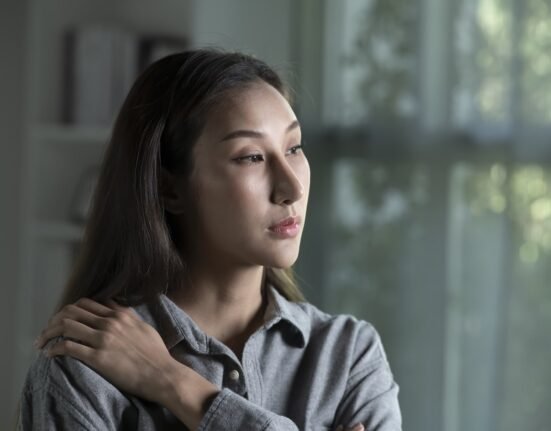

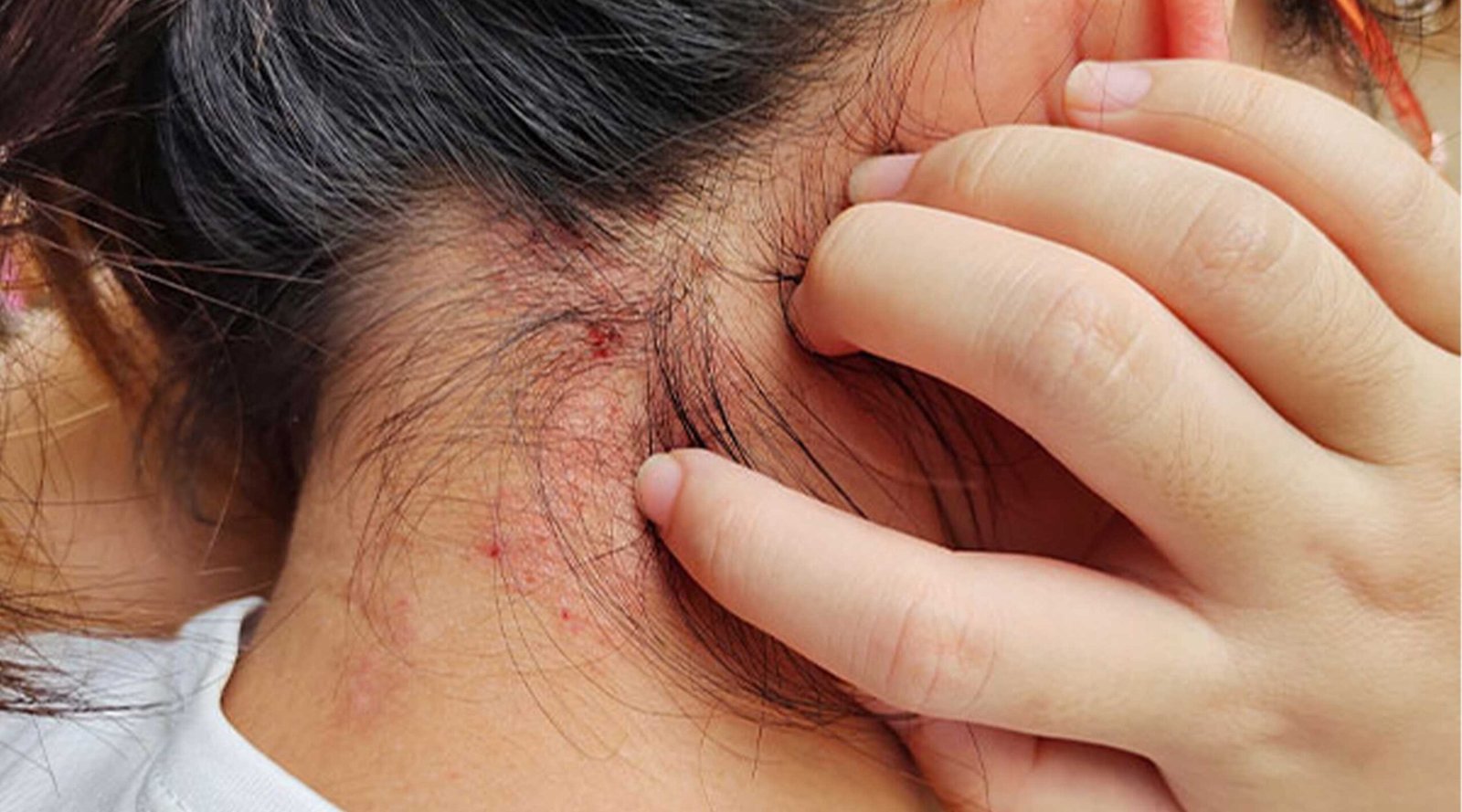
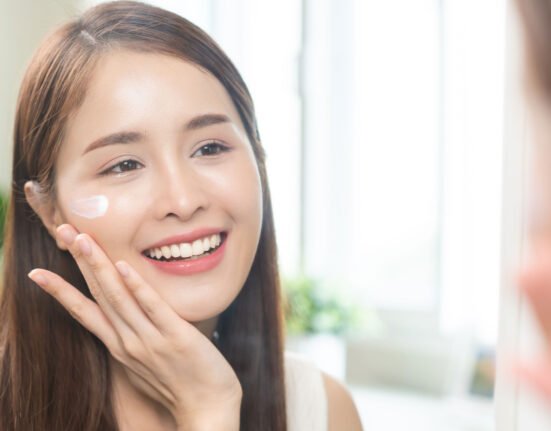

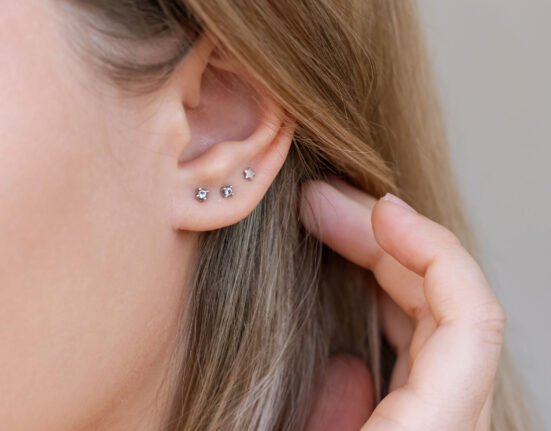
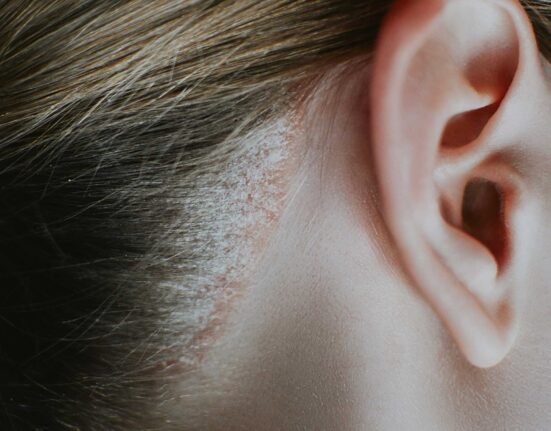
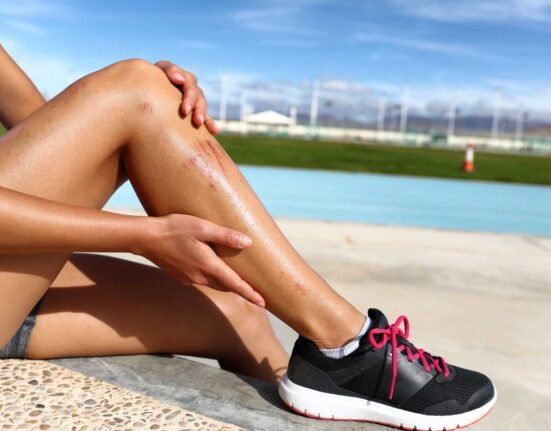
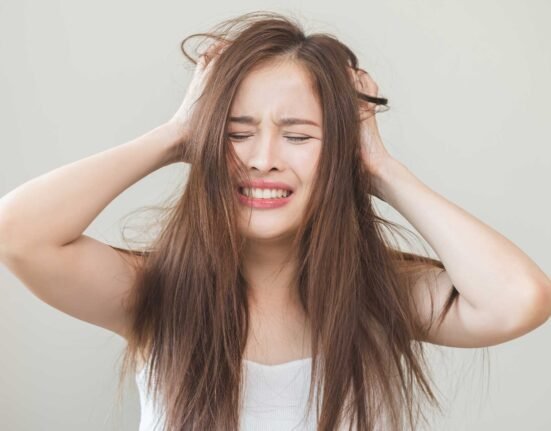
Leave feedback about this